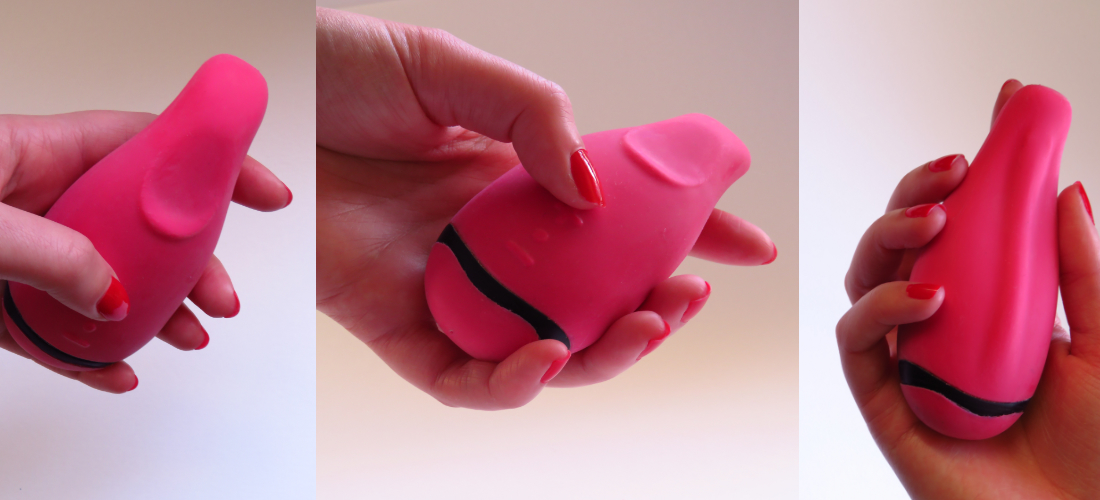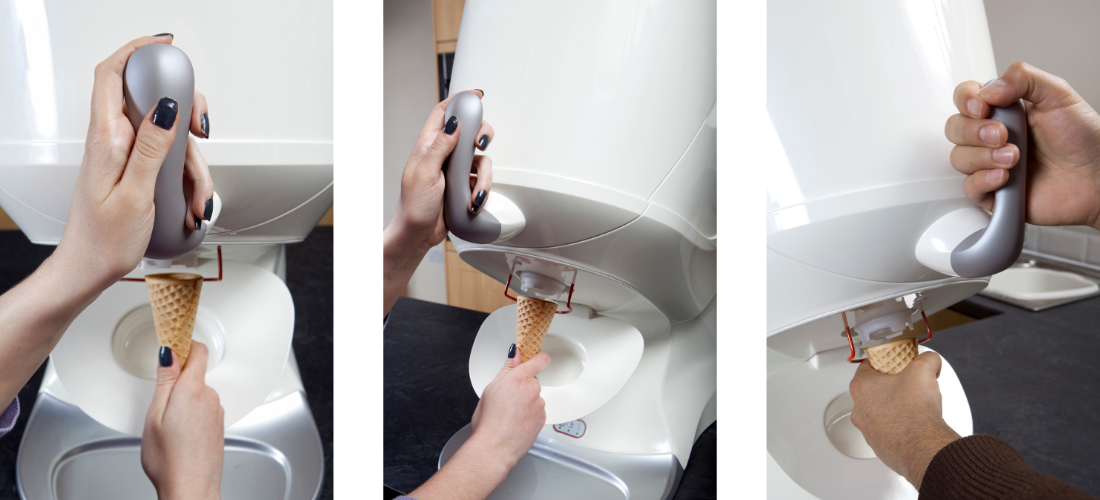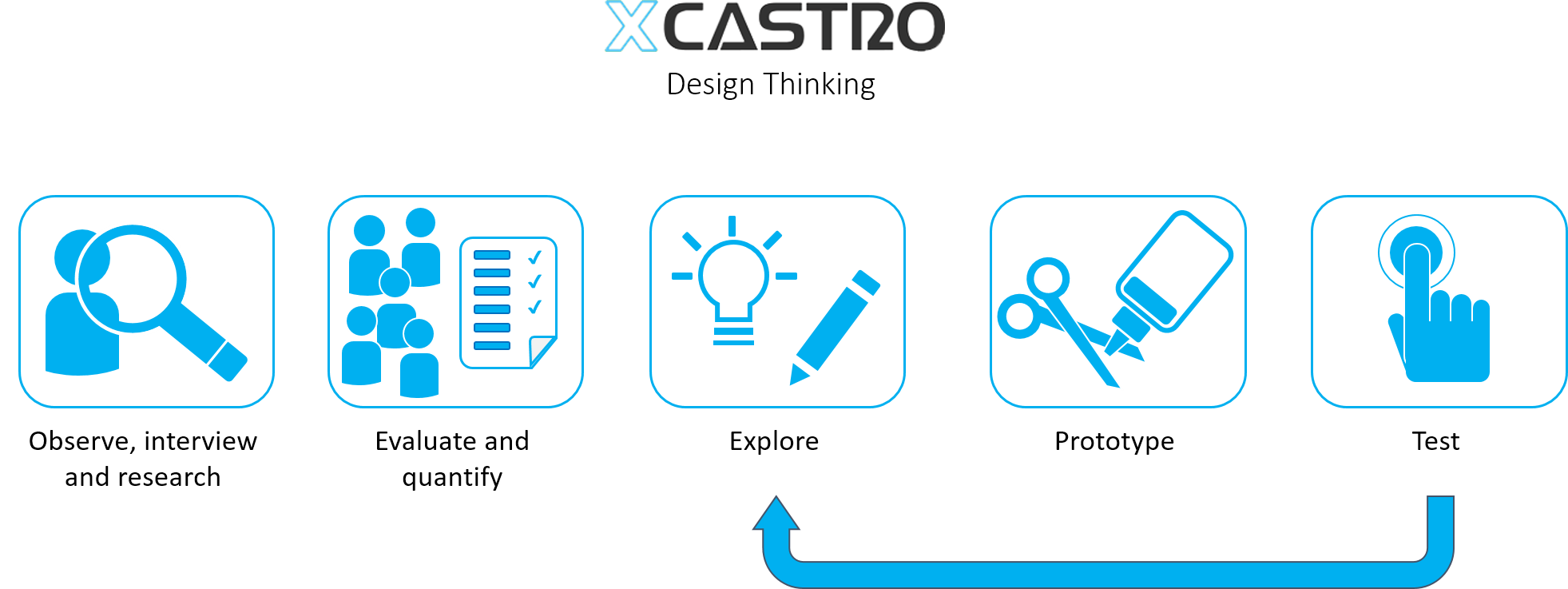Consumer insight and consumer research
For a product to be successful, it must exceed the consumer and user needs. Usually, we refer to these desires, but they are not very easy to define and quantify. Through my career I have constantly worked in novel products that require a clear identification of the consumer requirements to determine the ideal product specification.
With more than 20 years of experience working in the design and development of new products, I have used a wide range of techniques to uncover and define user needs and test design concepts to determine the best product offering.
How I approach consumer research
There are different methodologies that I use, and it all depends on the product, the market, the objectives and resources to define which methodology is most convenient. I will describe briefly some of them:
.jpg)
.jpg)
Front end innovation
Also referred as the Fuzzy-end, is the part of a new product development process where the opportunities to create a successful product are identified. In some cases this is a combination of a technological and consumer landscaping, but other areas such as intellectual property and regulations can also been analysed. An important part of this process is to observe and work with consumers to understand their needs and potentially tests preliminary ideas.
Collaborative development, brainstorming, technology road mapping and other tools are used in this process.
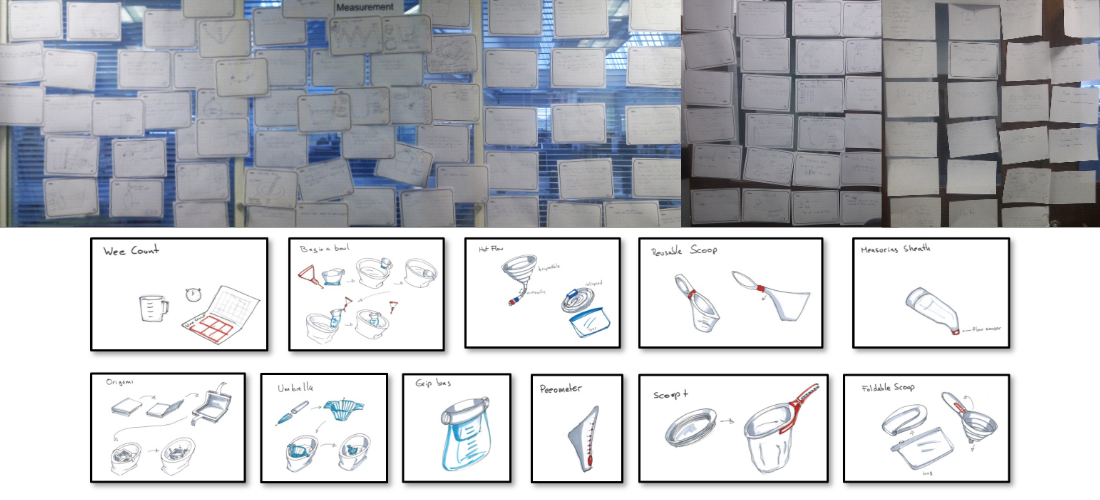
Outcome driven innovation
This is my favourite and wherever possible most recommended approach. Its objective is to identify the highest level purpose or reason that a consumer has to use a product, and from there serve that purpose. The classic example is to look at a consumer buying a drill bit. We can assign many parameters to determine why a drill bit is better than another but most likely the consumer does not want to buy a drill bit, they just want a hole in a wall. And perhaps they don’t really want a hole, they just want to hang a picture, and to a highest emotional level they do not want to hang a picture, they want to show off their holidays. If we are in the drill bit business we can’t do anything about their need to show off their holidays, but we can make their life easier to hang a picture as soon as we know what they are trying to do.
So the important part of this methodology is to find what a consumer is trying to achieve and find ways to help them get there. We do that by conducting interviews and then cross referencing the findings with surveys. The results allow us to find areas where we can innovate and even features that are redundant.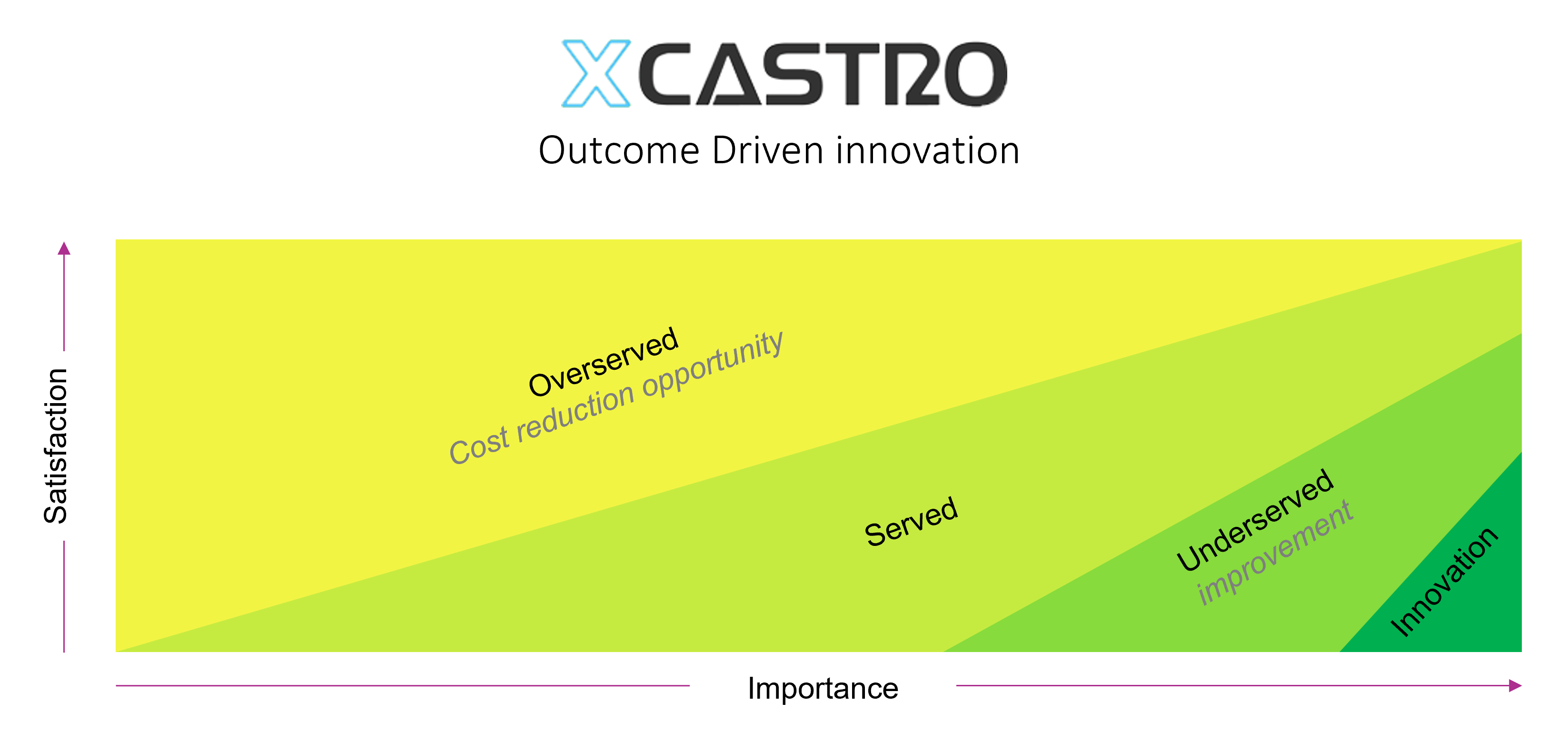
Ethnographic Studies
In this studies we immerse ourselves into the life of the consumer and not only shadow them, but work with them in their activities to have a feel of how they go about using a product and achieving a task. To best describe it I will use an example from a project:
When designing commercial refrigerators that are used by chefs, I decided to work one evening in a restaurant helping in preparing different dishes. This experience allowed me not only to see what the requirements were for storing food, but “feeling” where the problems were. With this information we were then able to develop breakthrough innovative solutions in the catering industry.
Observation studies
This is similar to the ethnographic study, but the difference is that sometimes is not possible to use the product or conduct the task and we have to limit ourselves to observe users. This is a common case in medical devices, as We can’t perform a surgery or don’t have a condition that requires a device.
Focus groups
In this methodology we discuss with a group of consumers how they use a product or conduct a task, the group helps the discussion as people feed between themselves insights and share opinions.
This is a good option to uncover how people might use a product and to compare concepts.
Design Thinking
This is a very common process used by most designers, the idea is to conduct quick iterations and create models and prototypes to test them as often as possible with users. Then conduct another design iteration, where the product is refined and model resolution is increased every time. This process is very important to follow as much as possible, as it allows to uncover unexpected user reactions, ways of using a product, which increase the likelihood of product success.
Difference between a consumer research and Usability studies
It is worth noticing the difference between a consumer study and a usability study (or Human Factors). Ina consumer study we analyse the user preference and how we can improve the consumer experience. On the other hand , usability is about safety and use errors to ensure that a product is safe to use.
There are several areas where both overlap, but from a medical perspective a suability study is not looking at the user experience or how much a consumer might like a product, but just if it is safe to use.
I consider both aspect important and although I differentiate them for regulatory reasons, when designing a product and conducting studies I look at both aspects.
Working together
I can support design teams by undertaking the research and concept testing activities. Having an independent and bias opinion has proven to be very helpful when developing an innovative product. I can support teams and companies on a contract, project or a consultant.
Find out more on how I work or get in touch



